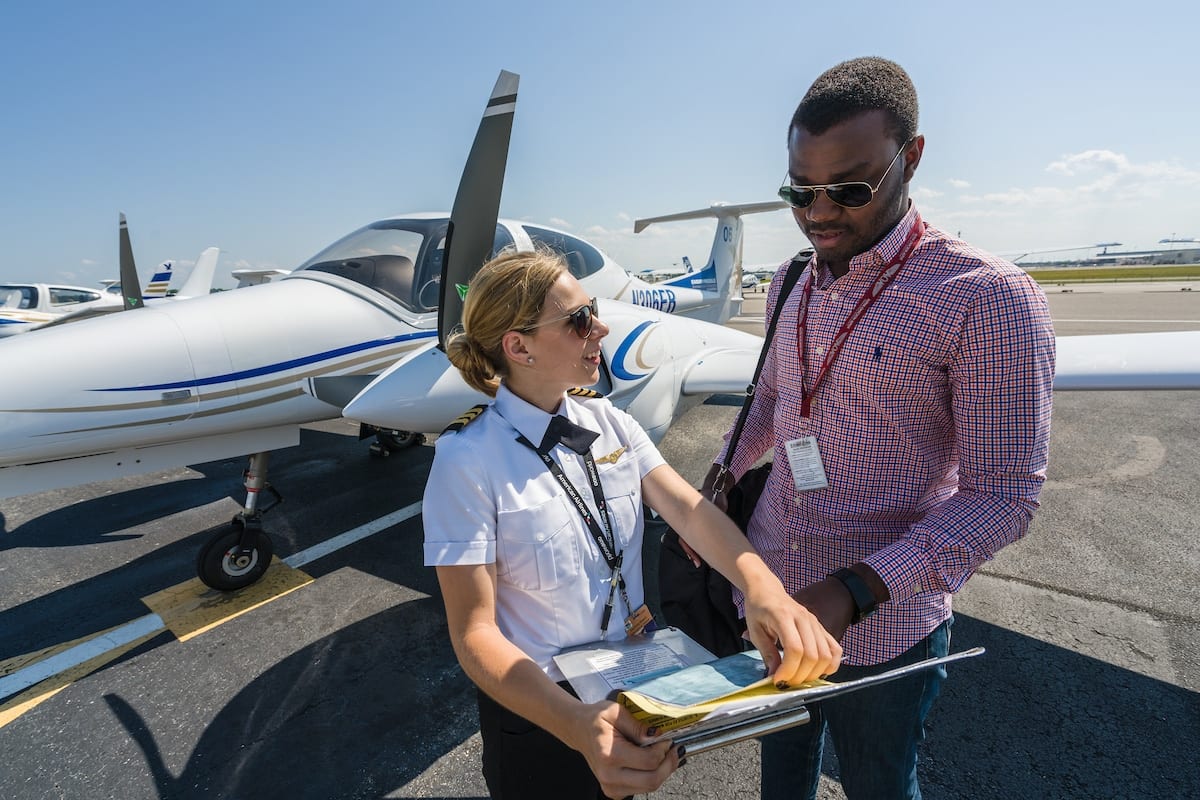Probable Cause: The pilot’s failure to maintain aircraft control during landing. Contributing to the accident was the pilot’s inadequate preflight inspection removal of the angle of attack vane cover.
aviation accidents
Lack of brake fluid leads to plane crashing into hangar
Probable Cause: A loss of braking due to inadequate servicing of brake fluid by the pilot/mechanic, which resulted in a loss of airplane control on the ground.
Mooney crashes on new owner’s first flight
Probable Cause: A total loss of engine power due to detonation and preignition in the No. 6 cylinder.
Carburetor ice ends training flight
Probable Cause: The flight instructor’s failure to effectively utilize carburetor heat, which resulted in a total loss of engine power during initial climb due to carburetor ice that formed during the engine run-up and taxi.
Taildraggers and turmoil
General aviation has long faced challenges with landing-related mishaps, but the study underscores the disproportionate role of tailwheel aircraft in these incidents, according to the researchers.
Incorrect installation of fuel pickups leads to crash
Probable Cause: The incorrect installation of the fuel pickups, which resulted in a total loss of engine power due to fuel starvation. Contributing was the lack of documentation of the airplane’s unusable fuel.
Ground service vehicle vs. Beech C90
The ground vehicle driver’s failure to see and maintain clearance from the airplane while conducting ground operations.
What’s the best way to train a pilot?
“We want to empower the individual pilot to be able to reflect upon and improve their own performance by looking at what they are doing right and doing more of it,” Embry Riddle researchers said.
Pilot crashes after taking off with inoperative fuel selector valve
Probable Cause: A total loss of engine power due to fuel starvation. Contributing was the pilot’s decision to depart on the flight with an inoperative fuel selector valve.









